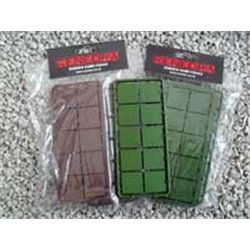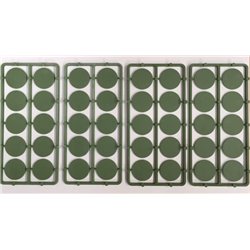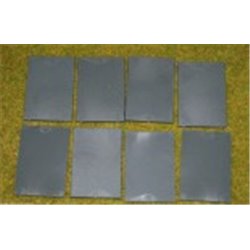Grain of wheat bulbs are filament based so run hot. This means in certain situation, they have a habit of melting...
No products
Product successfully added to your shopping cart
There are 0 items in your cart. There is 1 item in your cart.
Search Tips
What is miniature-figure basing?
'Basing' is a term mainly used in wargaming and is the process of attaching plastic bases to miniature figures enabling them to stand upright. Bases can be purchased from most model shops that deal in miniatures and come in a variety of shapes and sizes to suit the requirements of individual gamers.
In their raw state, bases are more functional than they are visually appealing: their smooth, flat, plastic structure is ideal for supporting figures in an upright position while allowing them to be moved around a diorama or game mat during play.
The aesthetics of bases, however, is often overlooked. For gamers or collectors that prefer their figures to look more realistic, bases can be quickly and easily harmonised into their surroundings by gluing some model ballast or gravel to them, once dried, the gravel can be painted with thinned down earth-coloured paints and the whole effect finished off by attaching some model grass or scatter on top.
Basing miniature figures doesn't have to be at the expense of their visual appeal, with a little bit of time and thought, they can be both practical and look fantastic.
Click here to receive the tips weekly in your mailbox. You can unsubscribe at any time.










